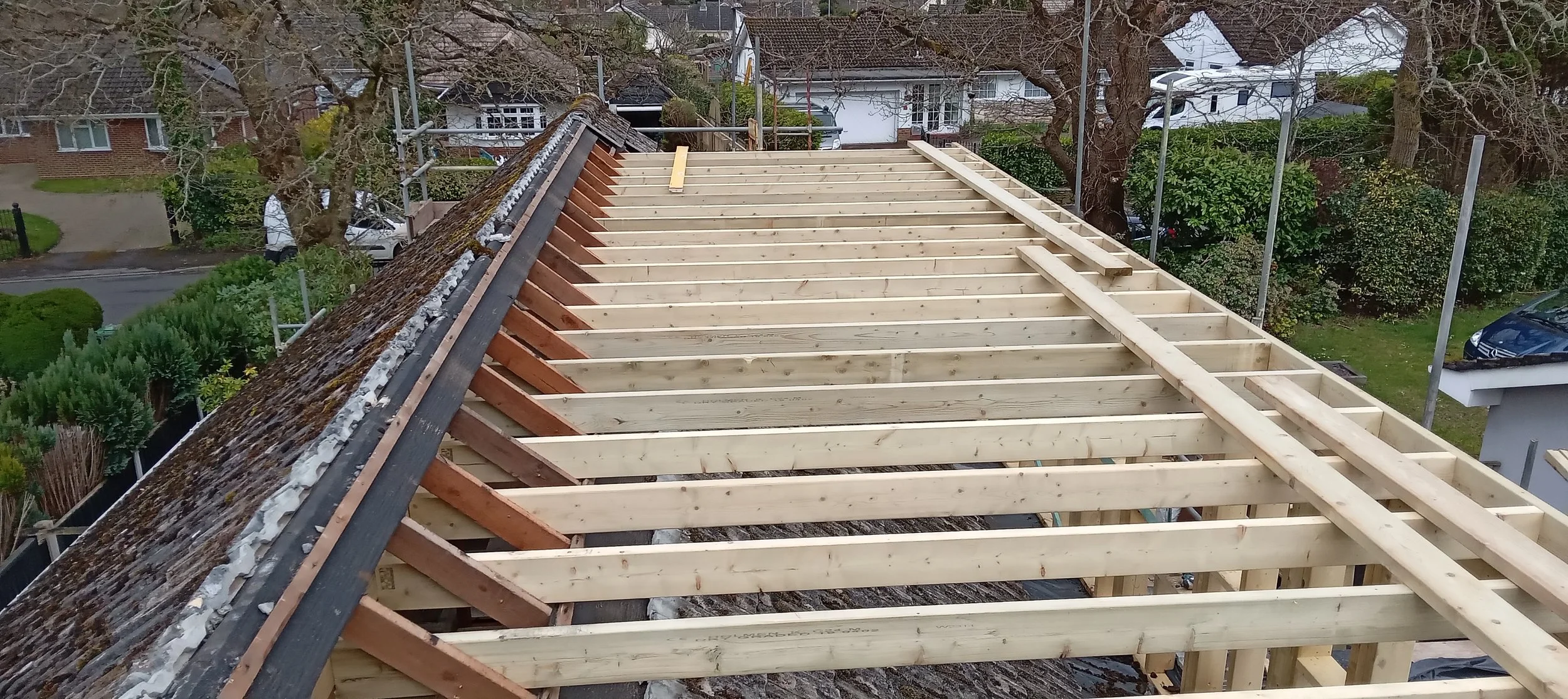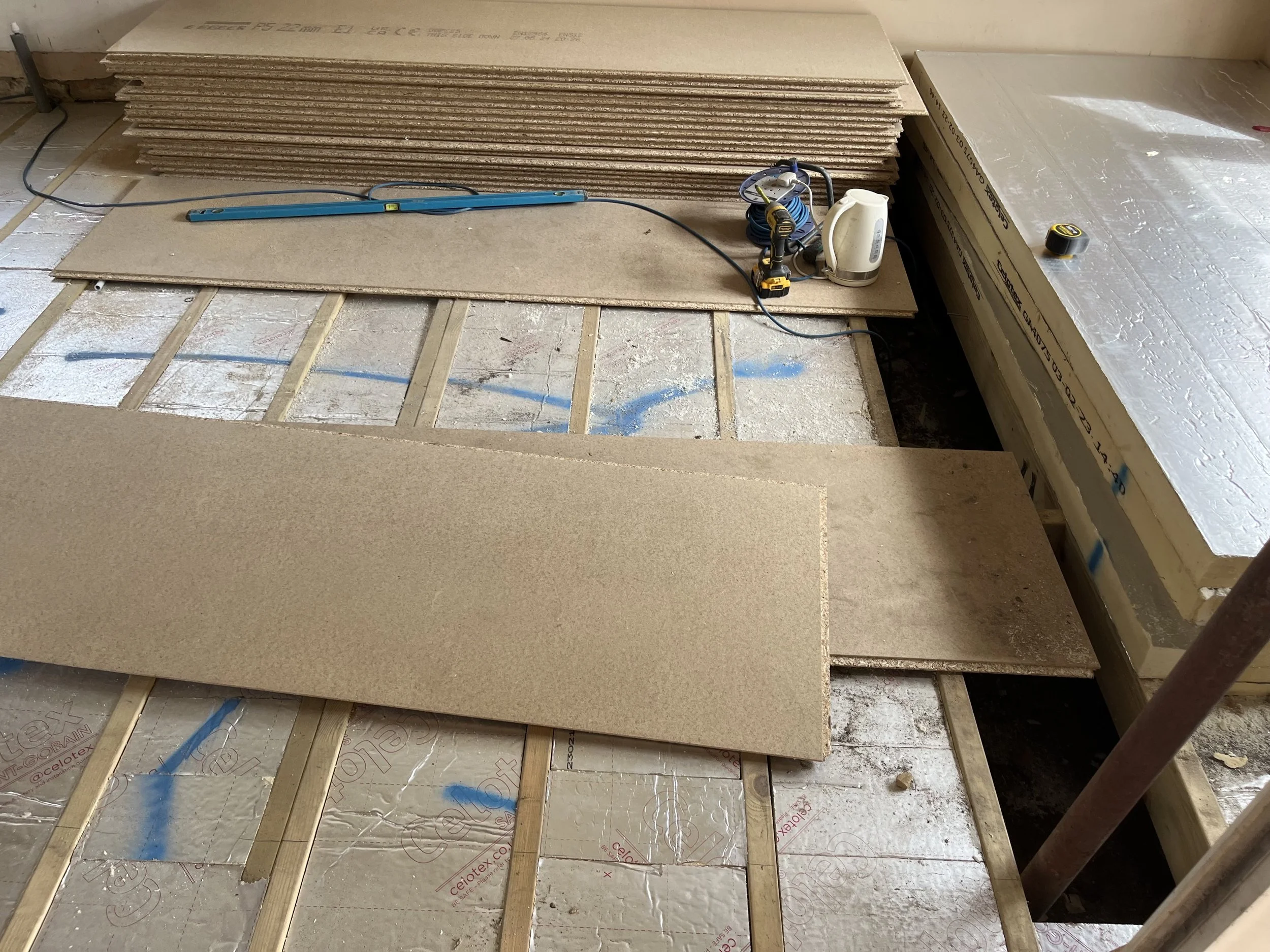Structural Carcassing
The structural timber components and processes that frame a structure. Primary examples include roofs, exterior stud walls, joists, and beams.
External Carpentry
External timber components and carpentry components. These operations can be carried out at varying stages of the job in relation to the progress within the building depending on the exact criteria of the build. Primary examples include fencing, decking, cladding, and soffits/fascias.
Carpentry Materials
A detailed look at a wide range of modern and historical carpentry materials, including a breakdown of their characteristics and intended applications.
Carpentry & Joinery
First Fix Carpentry
The internal carpentry components and processes that are carried out once the superstructure of the building is completed and the roof is covered in, sequentially up until the plastering stage of the job. Primary examples include stairs, internal stud partitions, subfloor installation and door linings.
Timber Framing
Not to be confused with US framing - processes akin to structural carcassing. Timber framing in this context, also known as Post and Beam construction refers to the traditional European building methods involving large timber beams that form the superstructure of buildings and roofs. In modern applications these building methods are most commonly used to create decorative and stylistic statement pieces, such as external porches, pergolas, and roof structures.
Carpentry Tools
A selection of common modern and historical tools associated with carpentry, including explanations of their intended uses, helpful tips, and good maintenance practices.
Second Fix Carpentry
The internal carpentry components and processes that are carried out after the plastering/drywall finishing is carried out within the building. Primary examples include doors, skirting and architraves/facings, kitchens, and staircase finishings.
Joinery
Joinery encompasses the practices and wooden components that are produced within a workshop. Whilst most of the modern timber construction components that come from the workshop onto site are nowadays mass produced or created in an assembly line fashion, in the past these components would have been marked out and shaped by hand. This is still the case for modern, high end joinery components. Examples of joinery components include doors, timber frame windows, as well as bespoke stairs.
An Introduction To Carpentry
A brief introduction to site carpentry and joinery, with insights into the fundamentals of the trade.








